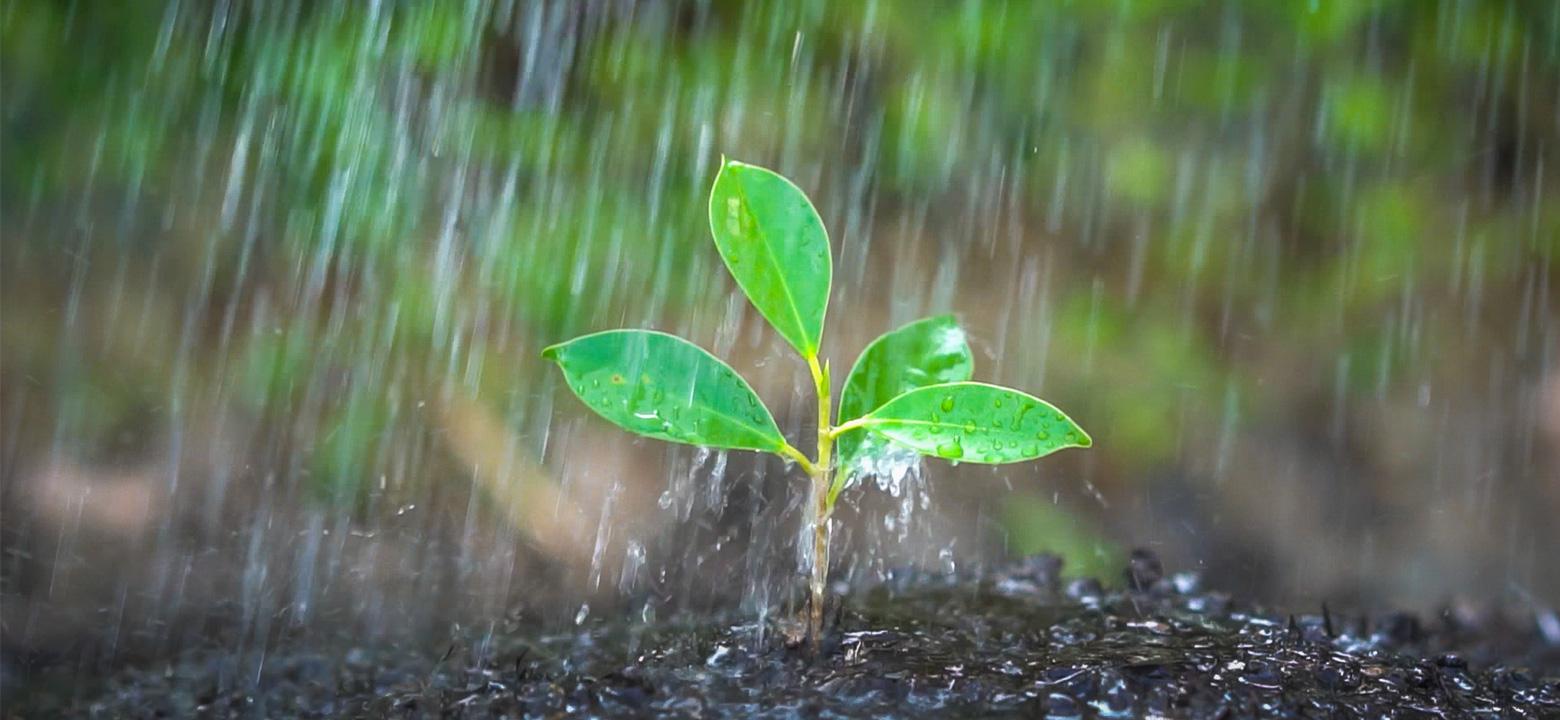
When we think of renewable energy sources, solar, wind, and hydropower typically come to mind. However, there's a new contender in the world of renewable energy - rain. Rain, which falls abundantly across the globe, is emerging as a potential and innovative source of sustainable energy.
Rain energy is a novel concept that harnesses the kinetic energy of falling raindrops to generate electricity. Several innovative technologies are being developed to capture this energy and convert it into a usable form. Let's take a closer look at how this process works:
Kinetic Energy Conversion: Raindrops carry kinetic energy as they fall from the sky. Devices designed to capture rain energy typically consist of piezoelectric materials or triboelectric nanogenerators that can convert the kinetic energy of raindrops into electrical energy. As raindrops hit the surface of these materials, they create mechanical vibrations, which are then converted into electrical voltage.
Energy Storage: The generated electricity can be stored in batteries or supercapacitors for later use. This stored energy can power various applications, from small electronic devices to larger systems, depending on the scale of rain energy capture.
Integration with Existing Systems: Rain energy capture technology can be integrated with existing solar panels, creating a dual-energy system that operates in various weather conditions. This hybrid approach ensures a consistent and reliable source of clean energy.
Harnessing rain as a renewable energy source offers several significant environmental benefits:
Carbon Neutrality: Rain energy is a clean and sustainable source of power that produces no greenhouse gas emissions, making it a carbon-neutral energy solution.
Energy Redundancy: Integrating rain energy with other renewable sources such as solar and wind can provide redundancy and ensure a continuous energy supply, reducing the reliance on non-renewable energy sources.
Water Conservation: Rain energy capture technology can potentially encourage more efficient use of rainwater, as it relies on the kinetic energy of falling raindrops rather than the quantity of water collected.
Global Applicability: Rain is a global phenomenon, making rain energy an accessible renewable resource in most regions, regardless of climate or geography.
While the concept of rain as a renewable energy source is promising, there are several challenges and considerations to address:
Efficiency: Current rain energy capture technologies are in the experimental phase, and improving their efficiency is a priority for commercial viability.
Maintenance: As rain energy capture systems involve exposure to the elements, regular maintenance and protection against corrosion and weather damage are essential.
Scale: Scaling up rain energy capture technology to meet the energy demands of large-scale applications is a significant challenge.
Economic Viability: The economic feasibility of rain energy technology needs further research and development to make it a cost-effective energy solution.
Despite these challenges, rain energy holds immense potential. As researchers continue to refine and develop rain energy capture technology, it may become a significant contributor to the global transition to clean, sustainable energy sources.
Rain, often seen as a natural occurrence, has the potential to become a valuable source of renewable energy. As innovation in rain energy capture technology advances, it may revolutionize the way we generate clean electricity and contribute to a more sustainable and eco-friendly future. While there are challenges to overcome, the concept of rain as the next renewable energy source is a promising development in our ongoing efforts to combat climate change and reduce our carbon footprint.